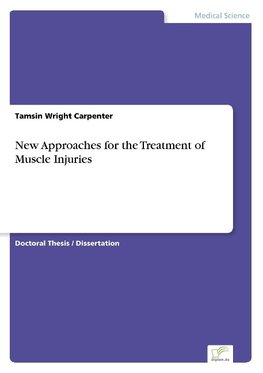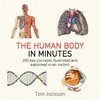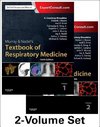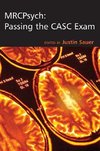
-
 Anglický jazyk
Anglický jazyk
New Approaches for the Treatment of Muscle Injuries
Autor: Tamsin Wright Carpenter
Inhaltsangabe:Abstract:
Muscle injuries constitute up to 55% of all injuries sustained in sport events. The incidence and severity of these injuries is certainly greater in some sport modalities than in others. Significant morbidity, such as early functional...
Viac o knihe
Na objednávku, dodanie 2-4 týždne
136.98 €
bežná cena: 152.20 €
O knihe
Inhaltsangabe:Abstract:
Muscle injuries constitute up to 55% of all injuries sustained in sport events. The incidence and severity of these injuries is certainly greater in some sport modalities than in others. Significant morbidity, such as early functional and structural deficits, reinjury, atrophy, contracture, and pain, often occurs following muscle injuries, leading to loss of training and competition time. Healing of these injuries is a complex phenomenon depending of multiple factors, which are both within and outside the control of the clinician. On the whole, the best treatment regime has not yet been clearly defined, and the recommended treatment regimens have varied widely, depending on the severity of the injury.
Injuries to skeletal muscle during sport can occur by different mechanisms including blunt trauma in the case of contusions or stretch-induced injury in muscle strains. Another type of injury are those induced by laceration to the muscle but these are not particularly relevant in sport. A further complication of muscle injuries is the compartment syndrome, which generally occurs when tissues within an osteofascial compartment are compromised by increased pressure within the compartment.
Muscle strain may be a consequence of eccentric exercise, when the muscle develops tension during this type of lengthening contraction. These injuries are especially common in high-velocity situations in sports that require sprinting or jumping such as basketball, American football, rugby or soccer. The most susceptible muscles are the biarticular muscles such as the rectus femoris, the hamstrings and the gastrocnemius.
Interestingly, a high percentage of type II fibers or fast twitch fibers has been attributed to make muscles susceptible to strains because of their ability to contract fast and produce high forces. Furthermore, most muscle strains occur at or very near to the myotendinous junction (MTJ) of the superficial muscles working across two joints. In the worst case, muscle stretch-induced injuries can lead to muscle ruptures or tears. Jarvinen et al. have classified muscle strains into three categories according to their severity: Mild (first degree) strains where a few muscle fibers are torn, with minor swelling and discomfort but no or only minimal loss of strength and restriction of movements; Moderate (second degree) strains where there is a greater damage of the muscle with detection of a bleeding in the MRI scan and a moderate [...]
- Vydavateľstvo: Diplom.de
- Rok vydania: 2005
- Formát: Paperback
- Rozmer: 210 x 148 mm
- Jazyk: Anglický jazyk
- ISBN: 9783838688695












